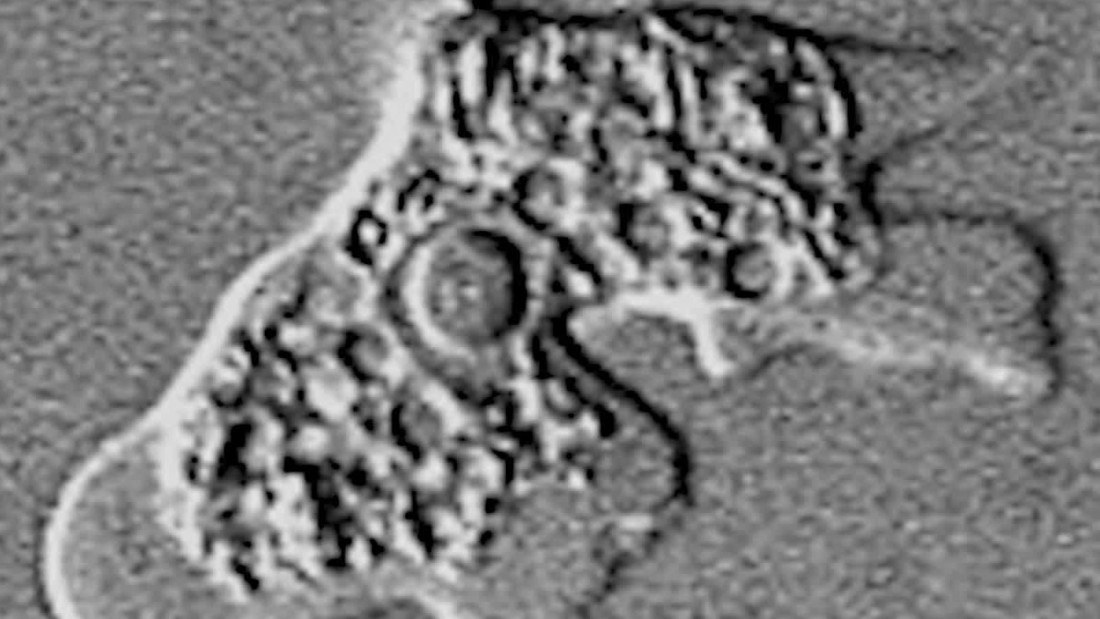Here's what we know about the brain-eating amoeba 1:03
(HLN) --
If there's one thing no one wants to hear, it's news of a brain-eating amoeba that can infect and kill you.
A swimmer became infected with a brain-eating amoeba after visiting an Iowa beach
Unfortunately, in recent years, reports of deaths due to Naegleria fowleri - an amoebic brain disease - have become more frequent.
This is the kind of news that can make you worry, but knowing the facts about this disease helps.
Read on to learn more.
1. How does the brain-eating amoeba infect people?
According to the Centers for Disease Control and Prevention (CDC), the amoeba—known as Naegleria fowleri or N. fowleri—is found primarily in warm fresh water and on land.
It infects people when contaminated water enters the body through the nose.
Important: You cannot become infected by swallowing infected water or by contact with the infected water on your skin.
2. So I can't go swimming without worrying?
N. fowleri, popularly known as the brain-eating amoeba, thrives in cool, warm water such as springs and lakes during the summer time.
If you want to be super careful, maybe you should stick to salt water, which would mean going to sea.
But the CDC notes that it is difficult to predict where an infection might occur: "The reason why certain people become infected with N. fowleri while millions of others who are exposed to hot water in recreational settings do not become infected is unknown, including those that they were swimming with people who got infected.
advertising
Here's what we know about the brain-eating amoeba 1:03
3. Do many people get infected with the brain-eating amoeba?
The CDC still considers primary amoebic meningoencephalitis (MAP) to be a rare disease.
A total of 133 infections were reported between 1962 and 2014. It is common for infected people to have participated in water-related activities—such as swimming underwater, diving, and submerging their heads in water—that may have caused the water to enter through the nose into the brain.
If any of these activities make you feel at risk, it's best to avoid them.
Texas boy dies after contracting brain-eating amoeba in park
4. What are the symptoms that you have been infected?
In the early stage of infection, a person may have a fever, nausea, and vomiting, as well as a severe frontal headache.
As the disease progresses, the victim may experience a stiff neck, hallucinations, seizures, altered mental status, and slip into a coma.
Rare recovery: Florida teen survives 'brain-eating' amoeba attack
5. Is there a cure for the brain-eating amoeba?
Not yet.
Due to the relatively low incidence of the disease (0 to 8 infections per year), researchers have yet to understand why so many people who swim in warm water do not become infected.
Even though 4 people have survived MAP infection, it is almost always fatal.
Brain-eating amoeba kills 14-year-old athlete
Editor's note:
This information was originally published on July 26, 2019
Amoebaeating brainsDiseaseNaegleria fowleri

